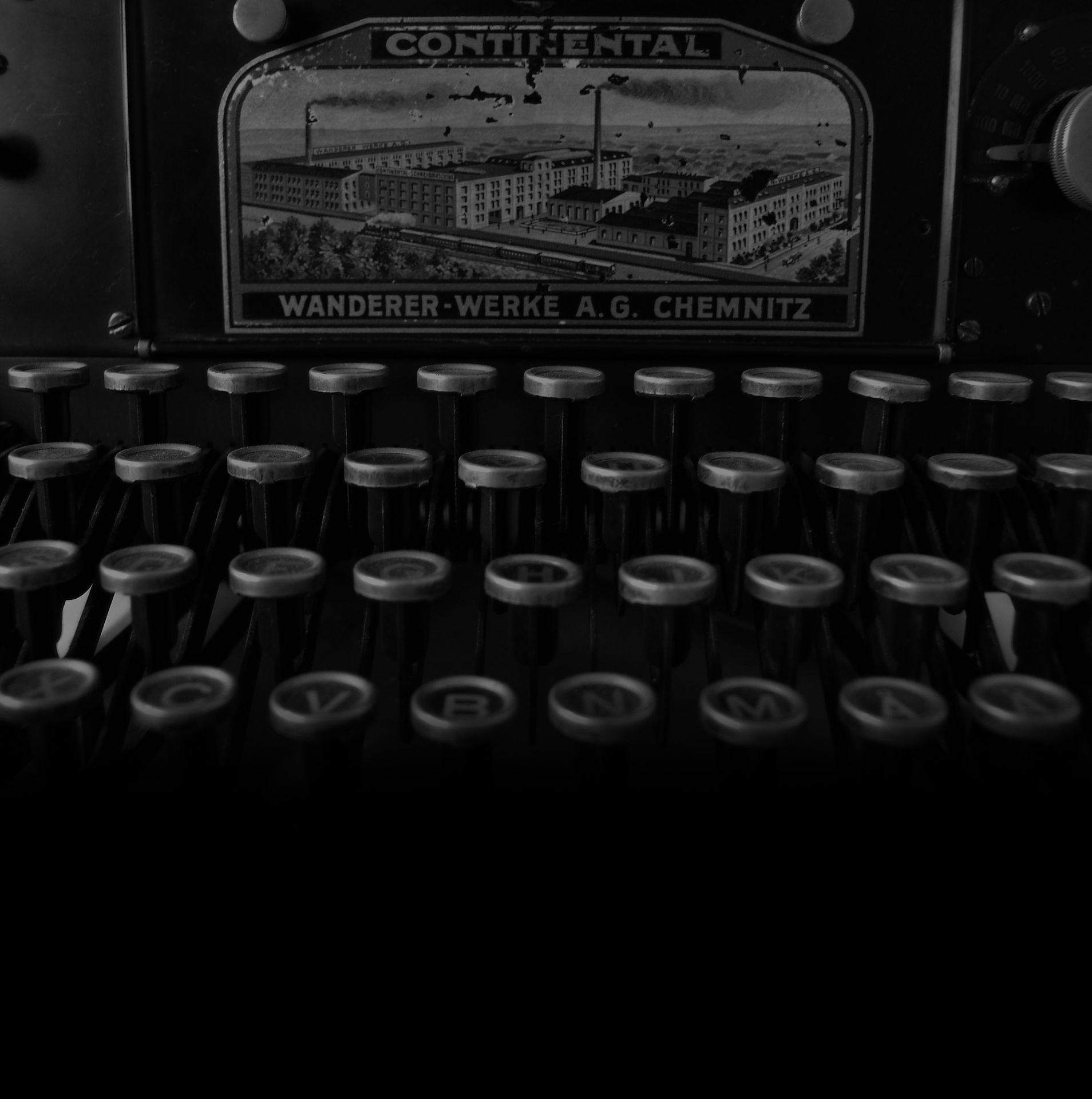

Erin E. MacDonald
author • professor
ARTICLES
Detective Inspector John Rebus: An Investigation into Contradiction
This chapter on Ian Rankin’s celebrated detective John Rebus explores his roles in the Tartan Noir and police procedural genres, his commentary on the Scottish character, and his analysis of the contradictory nature of his home city, Edinburgh.
In Crime Uncovered: Detective, Barry Forshaw offers an exploration of some of the most influential and popular fictional police detectives in the history of the genre. Taking readers into the worlds of such beloved authors as P. D. James, Henning Mankell, Jo Nesbø, Ian Rankin, and Håkan Nesser, this book zeroes in on the characteristics that define the iconic characters they created, discussing how they relate to their national and social settings, questions of class, and to the criminals they relentlessly pursue. Showing how the role of the authority figure has changed—and how each of these writers creates characters who work both within and against the strictures of official investigations—the book shows how creators cleverly subvert expectations of both police procedure and the crime genre itself.
Ghosts and Skeletons: Metaphors of Guilty History in Ian Rankin’s Rebus Series
- Clues 30.2, 2012
Clues is the only American scholarly journal on mystery fiction. This article, through an analysis of Black and Blue, Dead Souls, Set in Darkness, and “The Very Last Drop,” examines Ian Rankin’s use of the gothic convention of the ghost. In these works, ghosts and skeletons are used as metaphors for Detective Inspector Rebus’s guilt over past mistakes and for the dark past of his home city, Edinburgh.
Reasoning and Writing Well Instructor’s Manual
This practical and comprehensive guide to writing offers four coordinated books in one: a process-oriented rhetoric, a research guide, a reader, and a handbook. Dietsch has extensive coverage on oral presentations and research, and is the only Canadian 4-in-1 text to offer this.
The Rhetoric of Race: The Use of Racial Stereotypes in Ed McBain’s 87th Precinct Novels
- American@ Vol. II Issue I, 2004
In Ed McBain’s 87th Precinct series, representations of blacks, Hispanics, Asians, Jews, Italians, and other ethnic groups are deliberately anti-racist, although by making these groups both visible (drawing attention to their mistreatment) and invisible (as “equal” members of society, like everyone else) at the same time, McBain’s images sometimes appear stereotypical or one-dimensional. In the novels, “good” men are fair and objective in their quest for justice and in their dealings with diverse peoples, whereas “bad” men are either overtly racist or at least non-compassionate towards the plight of the underprivileged.
Masculinity and Race in Media: The Case of the Homicide Detective
- Race/Gender/Media: Considering Diversity Across Audiences, Content, and Producers
This article analyzes the figure of the homicide detective in the TV show Homicide: Life on the Street and in the Spike Lee film, Clockers. Representations of racialized masculinity in popular culture, such as Homicide’s Meldrick Lewis and Frank Pembleton and Clockers’ Strike and Rocco Klein, can teach us much about the cultural construction of both “white” and “black” men. Questions for class discussion follow the article.
Genre and Masculinity in Ed McBain's 87th Precinct Novels
- Journal of American & Comparative Cultures 25.1, 2002
In his 87th Precinct police procedural series, Ed McBain fuses time, space, and generic convention into an image of The City, and of man within it. Using Bakhtin’s idea of the “chronotope,” this essay argues that the cyclical time and space of the police procedural series is a masculine chronotope reflecting twentieth-century society’s concept of the working man, whose cyclical work-eat-sleep life in turn reflects the cyclical routines of police work. Taking place in The City, McBain’s 87th Precinct novels allowed for a decades-long exploration of American sociopolitical issues including race, class, and masculinity.
Vernon Lee
- Who's Who in Gay and Lesbian History
Who's Who in Gay and Lesbian History: From Antiquity to the Mid-Twentieth Century is a comprehensive and fascinating survey of the key figures in gay and lesbian history from classical times to the mid-twentieth century. Vernon Lee, the subject of this entry, was the pseudonym of British writer Violet Paget (14 October 1856 – 13 February 1935). A feminist and a pacifist, she wrote supernatural fiction as well as books on music and art.
‘Necessarily Vague’: Kate Chopin’s Gender-Awakening
-Domestic Goddesses, 1999
Kate Chopin, author of The Awakening, recognized a need for androgyny in the behaviour of the New Woman, but also understood the limitations posed by centuries of conditioning. In her novel, she seeks an identity for woman that is neither wife nor mother. To achieve this end, she incorporates progressive ideas of androgyny and female-female intimacy into her writing; yet ultimately the text, through characters who cannot escape essentialist and sentimental ideologies, demonstrates the failure of her attempt.
Engendering Motherhood: Identity and Self-Transformation in Women's Lives (Book review)
-Journal of the Association for Research on Mothering, Vol. 1, Number 1 (1999)
Martha McMahon’s book is based on her Ph.D. research as a feminist sociologist. Using a social interactionist approach that emphasizes qualitative data, her findings are based on the experiences of 59 full-time working Toronto mothers of preschool-aged children. Although her original intention was to explore the balance of work and childcare in these working- and middle-class mothers' lives, McMahon focused her attention instead on the identity-transforming influence of having children, because the mother-child relationship was considered of the greatest value to the participants.